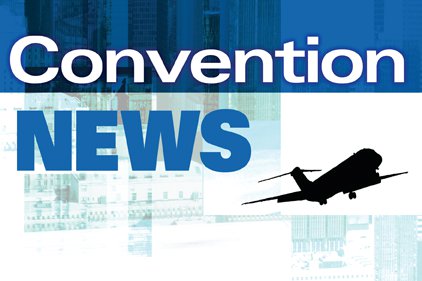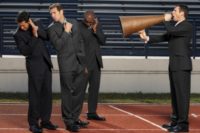ISHN conducted an exclusive interview with Mike Williamsen, of Caterpillar Safety Services, who presented a talk at ASSE Safety 2014 on “Culture of Correct: Developing a Worldwide Safety System.”
ISHN: Define the elements of a culture of correct? Why do you use the word “correct”?
Mike Williamsen: It makes people stop and think, what culture do I have, what is correct? I’ve used it for many years.
Cultures can be very different in different companies. But if you have systems in place, accountabilities in place, leadership, regulations, the foundations are in place, you do not have punitive discipline but rather coaching, you make sure all puzzle pieces fit, you make sure people don’t get hurt, then you can say our culture is correct.
In world class organizations, is there any difference in beliefs, values, the way things are done between the overall corporate culture and the safety culture? Are they in alignment?
Alignment is a function of the parent owner company. I’ve seen vastly different corporate cultures. Some cultures say, “I want it out the door, injuries are someone else’s problem.” Then there’s CAT, we’re not in the injury business.
More and more global companies are striving to be world class. They want to reduce downtime in maintenance and reduce injuries. They want to be one or two in everything they do. Injury rates won’t get you to world class. You need to measure upstream indicators. At CAT only at the upper level of the organization holds to recordable incident frequency numbers (RIF). Below that level performance is based on activities, accountabilities. World class is not a RIF number. It is a culture, an attitude, a focus, a relentless focus on zero. Go to the upstream processes to deliver downstream results.
In your presentation, what do you mean by a “flexible” culture? In what way is a culture flexible?
In the classic approach to safety, regulations are the foundation, and best practices are built around the foundation. Some organizations have no flexibility -- do it this way or no way. Flexibility can depend on your trade, what’s correct for your trade, what’s the training, the accountability? Maybe you need a hard hat, maybe not. What’s your risk assessment? What are you doing from a personal risk assessment standpoint? People can get complacent after 30 years; a culture should not be flexible about complacency. Here’s another way to look at flexibility: There are some things you give your kids leeway in, others you don’t. You can’t draw a box around these things. With my kids I’ m more flexible about friends than substance abuse, say.
Is zero-incident performance, year after year, a sustainable performance possibility? Why or why not?
We deal with kind of leading edge, top ten percent companies that are really focused in on not injuring their people. You also have smaller companies, family owned, that don’t want their people injured, and they go beyond the classical approach to safety.
Deming’s plan, do, check, act -- from a safety standpoint, zero injury performance follows that. Regulations are a piece of it, not 90%. What are the issues beyond conditions? Discuss how to resolve those issues. Take a systematic approach.
When you’re headed to zero, certain upstream processes (20-40) make a difference; error-proof those processes, keep the focus on getting to zero. And you have to live accountabilities on and off the job. Most injuries occur off the job.
The other side of the debate is when lightning strikes, what can be done about red herring events? Focus on the 99.99% that you can control rather than the red herring. I’d like you to focus in and control what you can control, do it correctly once you figure it out. As you correct things, more things show up. Our indicators focus on what we’re doing to prevent injuries.
Zero incident is a philosophy. Focus in on how can we eliminate injuries, engage our people to resolve whatever issues produce scrap. Every once in a while a mistake occurs, then you do multiple root cause and accountabilities kick in. A company can say, “We do Total Predictive Maintenance (TPM), our systems work well, we have TQM in place. But there’s a major difference here. TPM is 90% equipment, TQM is 70% parts, safety is 90% people and 10% conditions. You can put in rules for equipment, but you need a culture that deals predominantly with people. Focus on people’s behavior.
Why do you say “global safety systems” instead of “safety programs”?
I sometimes hear people say negative things about the program of the month. A system is not a program of the month. It can include ISO 14000 and 18000 policies and procedures, way beyond a program to address guarding machines. It is a system that ties all the safety issues together in a way that consistently does things correctly. It is not a single program, not just near miss reporting, not just PPE. A program is a stand- alone piece; a system coordinates all the pieces.




